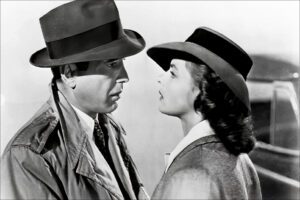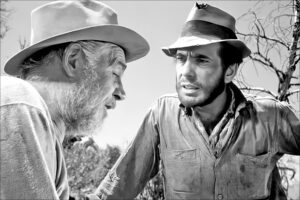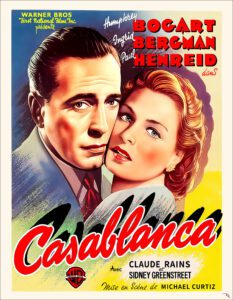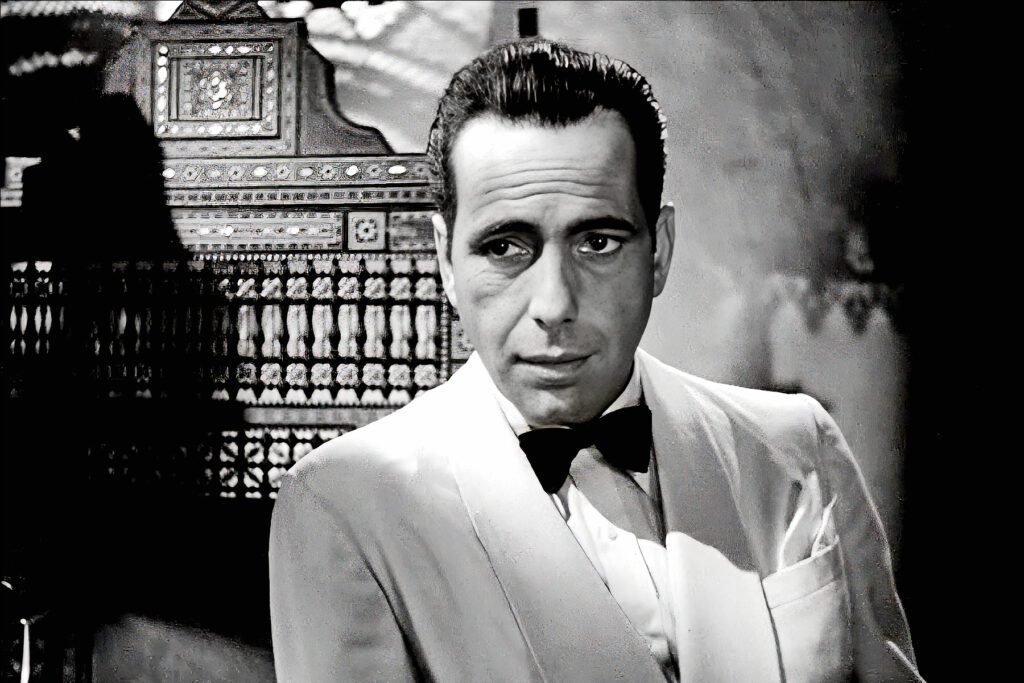
Humphrey Bogart: The Reluctant Icon of American Cinema
Few figures loom as large over Hollywood’s golden age as Humphrey Bogart. Known for his gravel-voiced cynicism, tightly coiled intensity, and unmistakable presence, Bogart was more than a star—he became a symbol of the American antihero. From “Casablanca” to “The Maltese Falcon,” Bogart defined the noir protagonist: tough, morally ambiguous, yet irresistibly charismatic. Though he rarely played conventional leading men, he became one of the most enduring icons in film history. In 1999, the American Film Institute ranked him the greatest male star of classic American cinema.
Bogart was born December 25, 1899, in New York City, to an affluent and cultured family. His father was a respected heart surgeon, and his mother a co

mmercial illustrator. He attended elite schools, but a rebellious streak and lack of academic interest led him to drop out. After a stint in the Navy during World War I, Bogart drifted toward the stage, working backstage before stepping into small acting roles. The polish of his upbringing was always present, but it was his streetwise edge—picked up from Manhattan’s less refined corners—that would ultimately shape his screen persona.
His early film career in the 1930s was slow to ignite, often typecast in forgettable roles. The turning point came with his menacing performance as Duke Mantee in “The Petrified Forest” (1936), a role he originated on Broadway. Warner Bros. finally took notice, but it wasn’t until John Huston’s “The Maltese Falcon” (1941) that Bogart emerged as a bona fide star. That same year, he solidified his legendary status with “Casablanca” (1942), delivering one of the most quoted performances in movie history. From there, a string of hits followed—“To Have and Have Not,” “The Big Sleep,” “In a Lonely Place,” and “Key Largo,” often starring opposite his wife, Lauren Bacall. Off-screen, he was as complex as his characters: fiercely independent, politically outspoken, and deeply loyal to his circle of friends.

Bogart’s health began to decline in the mid-1950s. Despite illness, he gave a towering performance in “The Caine Mutiny” (1954), earning an Academy Award nomination. He had won the Oscar two years earlier for “The African Queen” (1951), a role that showcased both his grit and warmth. After a battle with esophageal cancer, Humphrey Bogart died on January 14, 1957, at the age of 57. He left behind a body of work that continues to influence actors and filmmakers, and a persona that remains instantly recognizable—coat collar turned up, cigarette in hand, eyes that seemed to see through it all.



